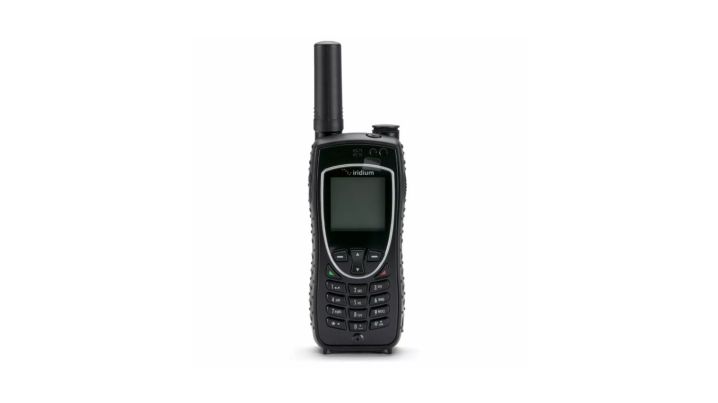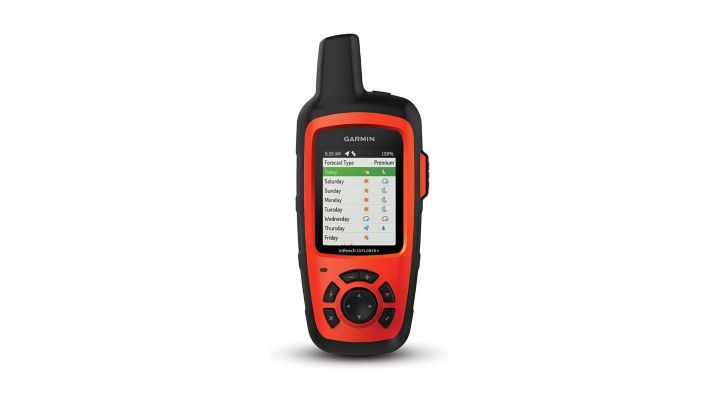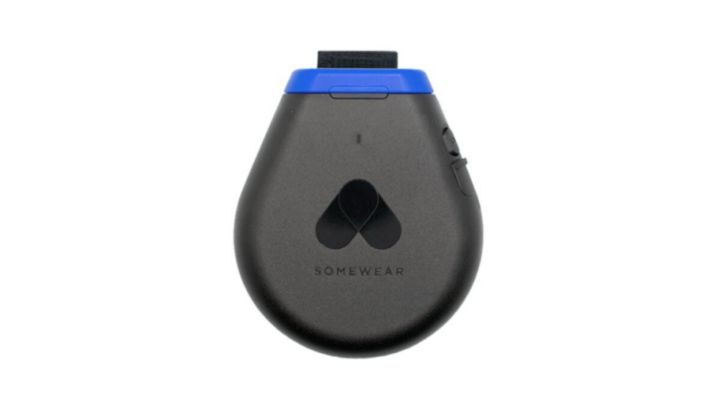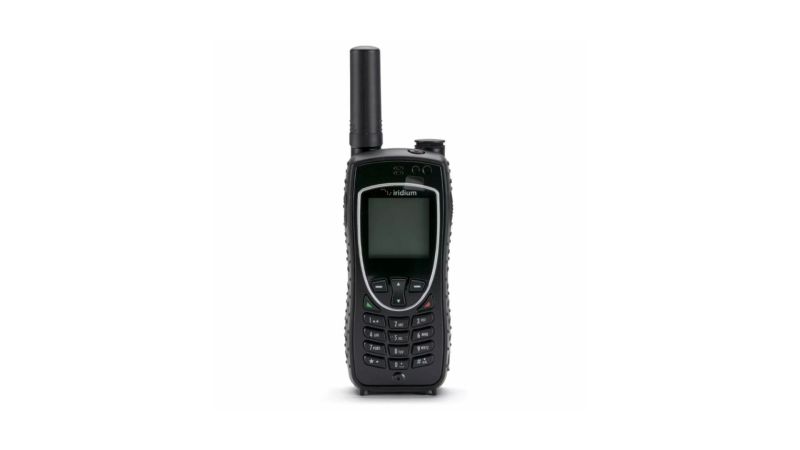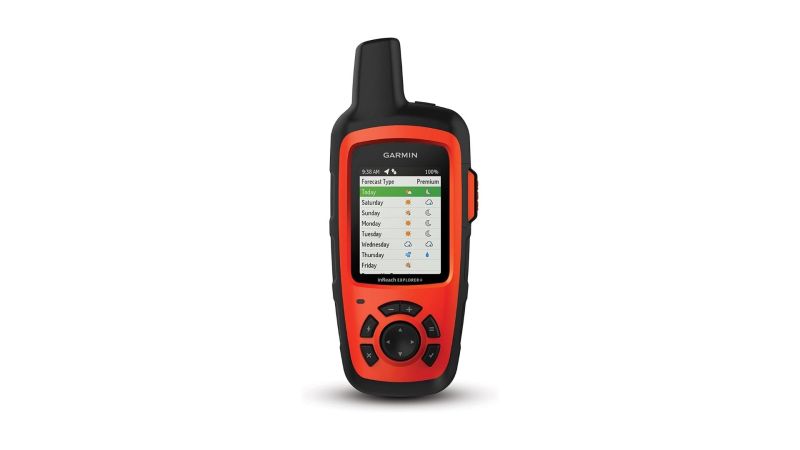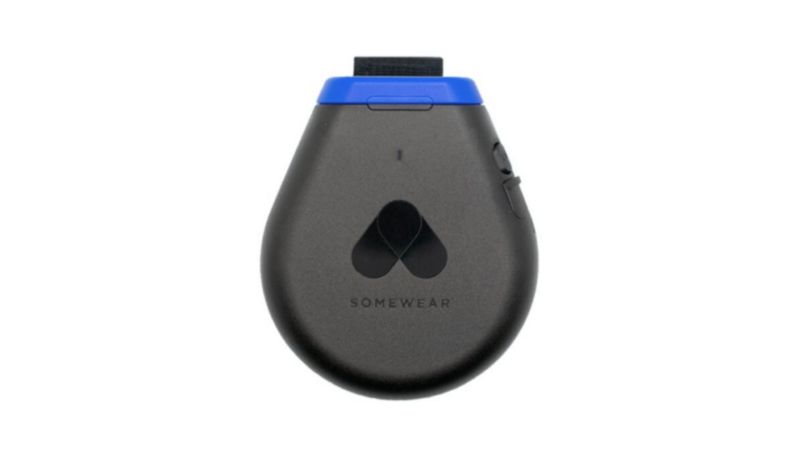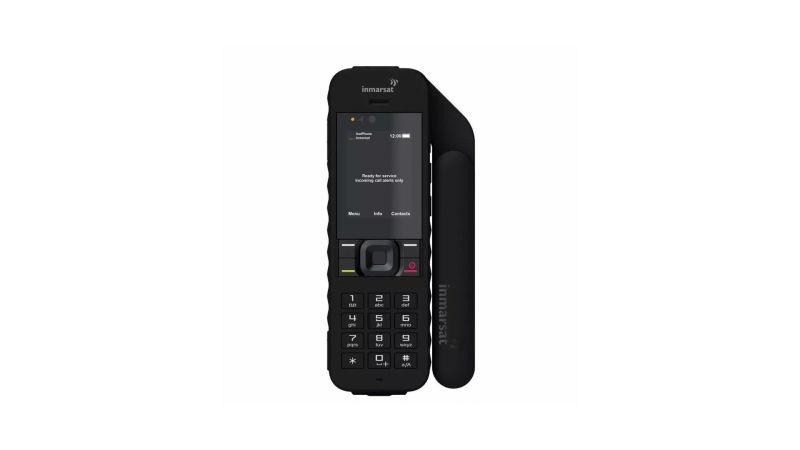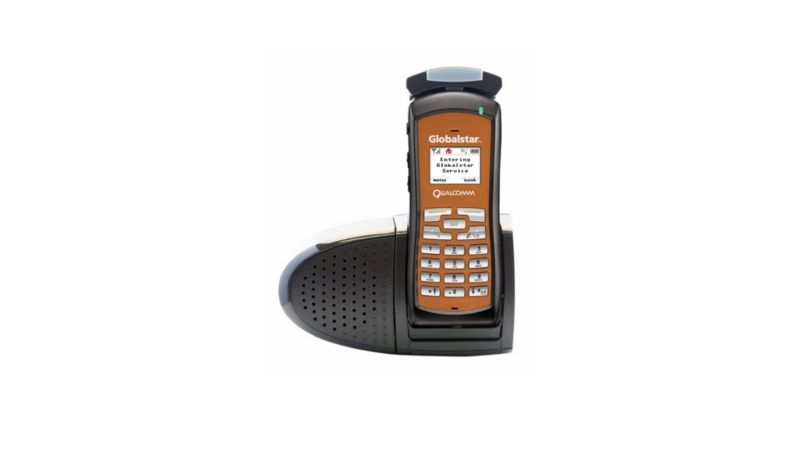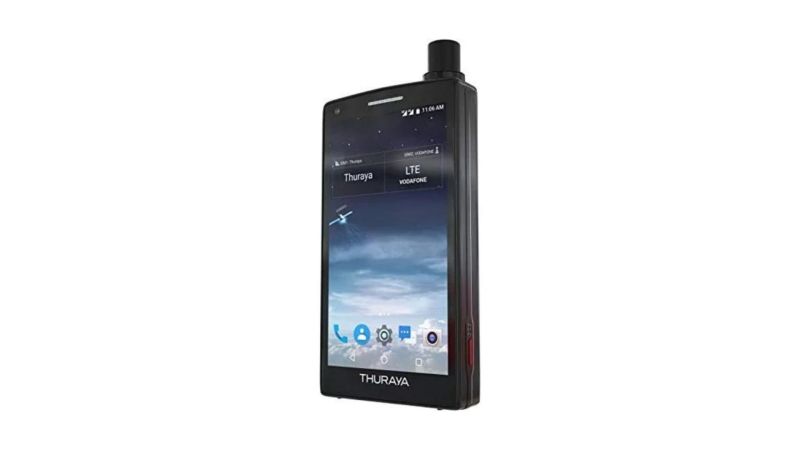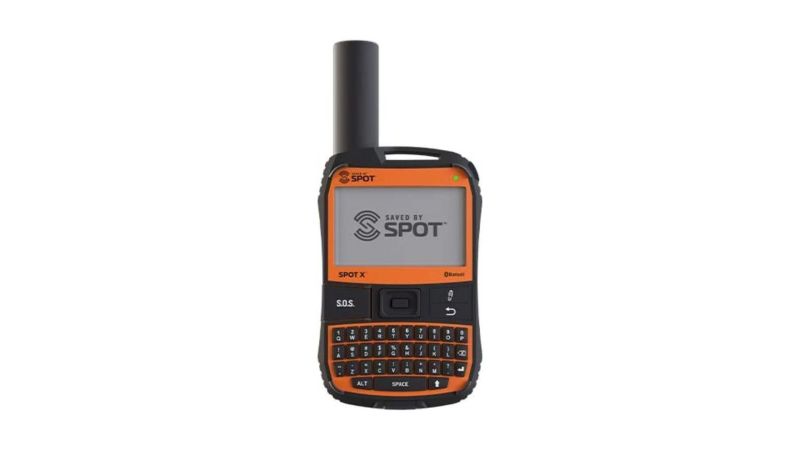We may earn revenue from the products available on this page and participate in affiliate programs.
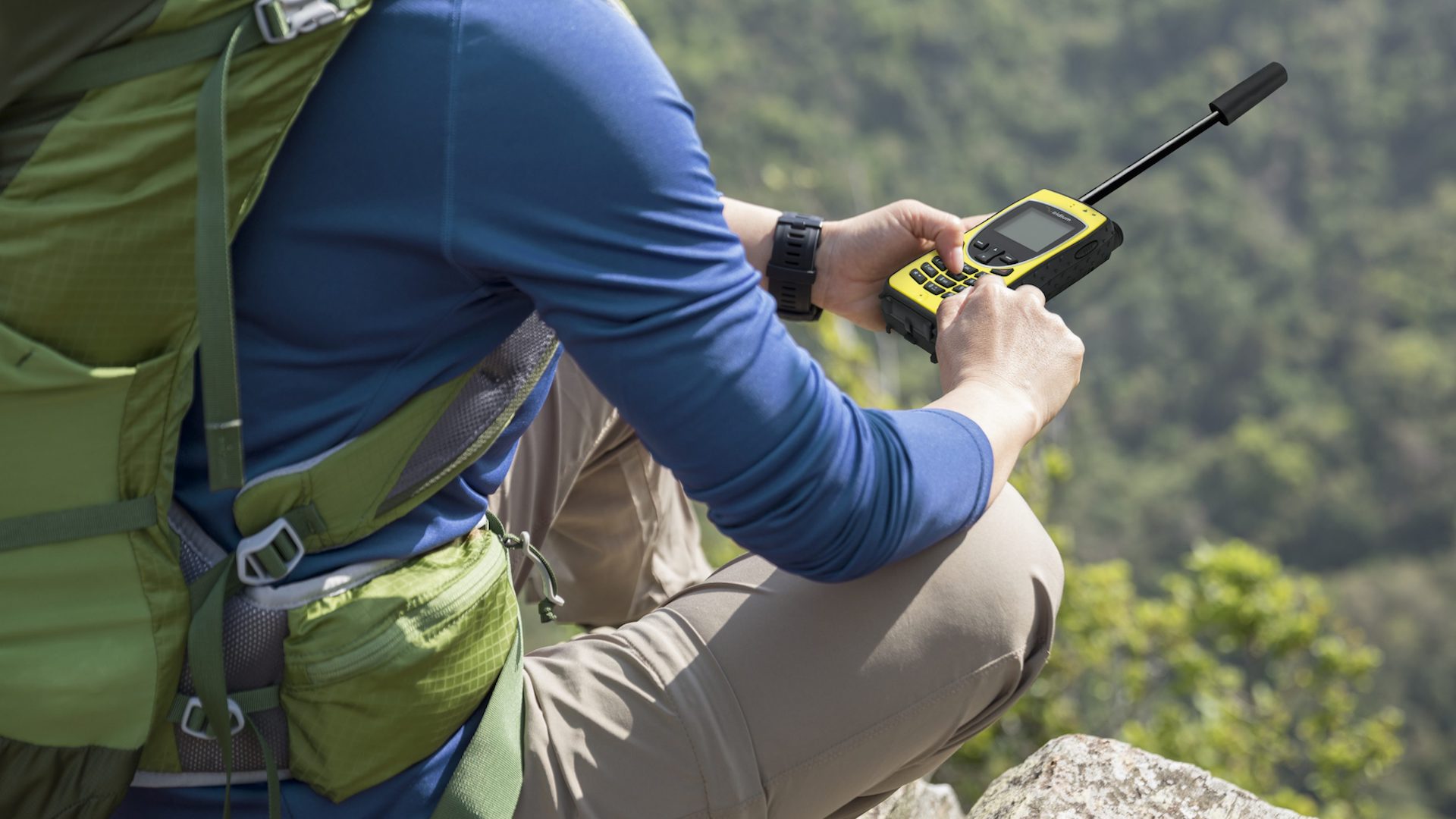
When you make frequent trips to the backcountry, staying in touch with civilization is important, and for most people, this means using some sort of satellite communication device. Civilian commercial satellite communication devices come in two broad categories: satellite phones, which enable voice and data transmission; and satellite messengers, which provide two-way data (only) transmission either as a stand-alone device or paired with a smartphone.
Regarding satellite communicators, everything is a tradeoff in terms of size, capability, weight (batteries are heavy), display interface, cost (in terms of the unit and service plan), and intuitiveness of the device. Earlier this year, we reviewed the best satellite personal locator beacons and messaging devices, and this review will expand our search to include voice-capable devices. So if you frequently travel beyond the range of your smartphone, read on to find out the best satellite communication device for you.
- Best Premium Satellite Phone: Iridium 9575 Extreme
- Best Overall Satellite Communicator & Navigator: Garmin inReach Explorer+
- Best Value Two-way Satellite Text Messenger: Somewear Labs Global Hotspot
- Honorable Mention Satellite Phone: INMARSAT ISATPHONE 2
- Best Value Satellite Phone: Globalstar GSP-1700
- Best Satellite Smartphone: Thuraya X5 Touch
- Best Stand-Alone Two-Way Satellite Messenger: Globalstar SpotX
Best Premium Satellite Phone
Iridium 9575 Extreme
Best Overall Satellite Communicator u0026 Navigator
Garmin inReach Explorer+
Best Value Two-way Satellite Text Messenger
Somewear Labs Global Hotspot
Honorable Mention Satellite Phone
Inmarsat IsatPhone 2
Best Value Satellite Phone
Globalstar GSP-1700
Best Satellite Smartphone
Thuraya X5 Touch
Best Stand-Alone Two-Way Satellite Messenger
Globalstar SpotX
Things to consider before buying a satellite communicator
Voice capability
The very first question you should ask yourself when considering buying a satellite communication device is whether you absolutely need voice capability. The cost difference between text-only and voice units is about $1,000. For most users, two-way text is enough. And with the decreasing costs of satellite communicators and service plans, there is little excuse not to carry one during your off-grid backcountry travels. These devices can literally be the difference between life and death in a backcountry emergency.
Stand-alone
The next question you’ll want to ask is whether you want to bring one or two devices with you for full functionality, as many devices require smartphone integration. If you are moving via vehicle, this is hardly a consideration, but if you are backpacking your gear, every ounce counts. Stand-alone devices have less power recharging requirements, so you’ll have to carry fewer power bricks or solar panels.
Coverage
Not all satellite providers have the same coverage areas. Iridium, with its 66-satellite constellation, is the only company that provides true global coverage. Inmarsat has three satellites in higher orbit but has significant gaps at the poles. Thuraya only covers Europe, most of Africa, and most of Asia. And SPOT covers most land masses but has gaps in the oceans. So check to see that the manufacturer and service provider cover the areas you need.
One-touch SOS
I consider this to be a critical feature on satellite communication devices. If you find yourself in a real emergency, you want a simple way to communicate your distress to a real human sitting in a response center that’s manned 24 hours per day, seven days per week, 365 days per year. Look for models that have this potentially life-saving feature.
FAQs about satellite communicators
Q: Can you text via satellite?
A: Yes, most devices now support this capability with varying degrees of ease. I find that traditional satellite phones are super clunky to text on because they use the old T9 interface and you have to push single buttons multiple times to select the right letter. Satellite text messengers that link to your smartphone tend to have the best user interface.
Q: Do I need a satellite communicator for hiking?
A: If you are doing local day hikes, probably not. If you are venturing into the backcountry out of cell phone service range, it’s a really good idea to bring one along. The farther out you go, the further you are from help, and the more self-reliant you must be. A satellite communication device provides a much-needed safety margin.
Q: What does a satellite communicator do?
A: Essentially, a satellite communicator enables you to communicate with other ground stations by sending an electronic signal to a satellite in orbit and back down to another point on Earth. Depending on the device, this can be done in voice-only, voice and text, or text-only modes. Text-only devices tend to cost much less for the base unit and service plan.
Final thoughts
While there are many fine satellite communication systems on the market, for voice transmission, I prefer the Iridium Extreme due to its fast and reliable connectivity and true global coverage. For me, the cost is prohibitive. I don’t really want to talk to people when I’m in the backcountry. I prefer to text them on my own time, which is why I really like the Somewear Labs Global Hotspot, which essentially turns my iPhone into a two-way satellite messenger with GPS position tracking and weather reports. The Somewear Labs hotspot is also a much more cost-effective solution in terms of unit price and service plans.
Methodology
All the satellite communicators in this review were selected based on personal ownership, hands-on inspection, and thoroughly reviewing manufacturers’ specifications. We take our time to get to know the strengths and weaknesses of each item, and also check out the reviews of other experts just to make sure we’re not missing anything. For this review, we considered more than a dozen makes and models. We parsed between systems that prioritized voice and those which were text-only models, and tried to provide solid representatives of each category. I based my criteria on my own experiences using outdoor gear in the field for more than 35 years.
After gathering enough high-performing products for a best-of article, I racked and stacked each based on their attributes, design, and performance. My bias is towards the lightest, best-functioning, and lowest-cost solutions available. We don’t torture test gear here at Task & Purpose — we test within normal usage limits. When gear does fail or break, we contact the manufacturer to see if and how it stands by its products. I also take a look at how easy the gear is to maintain or repair in the field — the simpler, the better.
